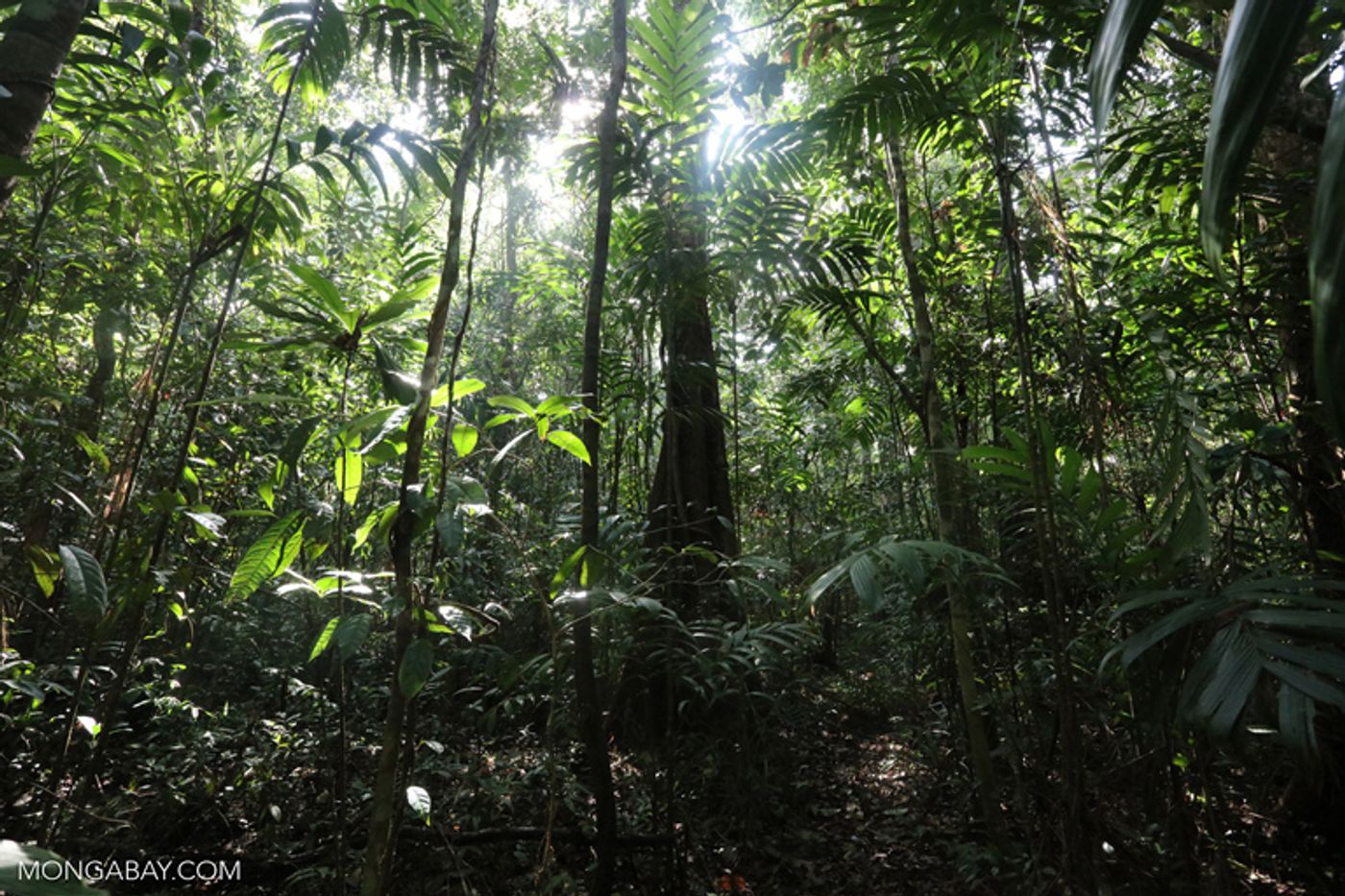Carbon credit pricing needs to be higher to save forests
You may have heard about carbon finance schemes. They’re systems set up to incentivize keeping trees in the ground (and therefore carbon dioxide out of the atmosphere) instead of logging them for monoculture crops or timber. In idea, they work great - so great that the Paris Agreement even included the institution of such financial incentives called “REDD+” in its protocol. REDD+ encourages countries, companies, and individuals to buy carbon credits as a technique to reduce forest degradation, basically through the idea that if you’re a big carbon-footprint maker, then you should be financially supporting endeavors to reduce the global carbon footprint. (Similar systems are in place if you’re a frequent flyer, see more here.)
But a new study published in Nature Communications asks the question, what if those financial incentives aren’t enough? Or, in other words, what if the monetary value offered for keeping forests in the ground isn’t high enough?
Lead researcher Eleanor Warren-Thomas, from the University of East Anglia, explains: "Forest carbon credits place an economic value on the carbon storage ecosystem service provided by forests -- we know that there are many other reasons why a forest might be conserved, aside from just the financial incentives offered by carbon finance, but carbon schemes are considered a useful tool in the battle against climate change and deforestation.”
Forests in general, but particularly older and more biodiverse forests such as those in Southeast Asia that the study focused on, are carbon sinks. That means that they (the trees) take in carbon dioxide from the atmosphere and store the carbon in their roots and the soil. When they are felled there is a triple-fold crisis, as trees 1) can no longer absorb CO2, 2) the CO2 they had stored often enters the atmosphere (through burning) and 3) the loss of individual trees make the carbon sink’s capacity smaller.
In Cambodia, the team of scientists from the universities of Copenhagen, Exeter, and Oxford collaborated with the Wildlife Conservation Society and the Forestry Administration of Cambodia to analyze a comprehensive set of forest data. The forests there are threatened by rubber plantations, which cover 8.6 million hectares, roughly two-thirds of the land used for oil palm plantations. The demand for rubber comes from the tire industry and many plantations are intensive monocultures.
The study found that the carbon pricing for these forests does not currently have a high enough monetary value to keep the forests intact. At the moment the carbon market prices carbon credits from $5-$13 per tonne of CO2. They need to be between $30-$51 per tonne of CO2, according to the researchers.
"Forests are less likely to be protected using carbon finance if the payments coming in are much lower than the profits the forest would generate if cut down. We show that where demand for land for rubber plantations is driving deforestation, carbon payments are unlikely to appear an attractive alternative,” Warren-Thomas adds.
The researchers urge the necessity of raising prices to match the real financial situation. They also suggest other strategies, like corporate zero-deforestation pledges, and governmental regulation and enforcement of forest protection, to be incorporated as a multi-tiered approach to the issue.
Sources: Nature Communications, Science Daily









